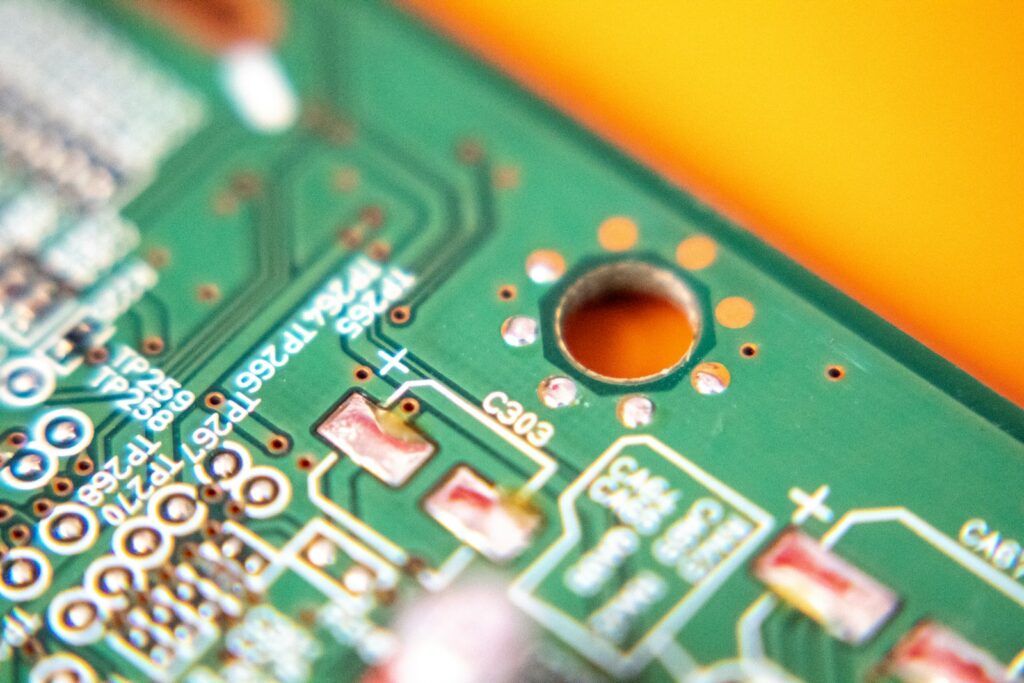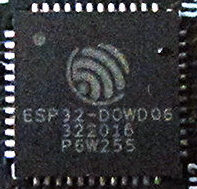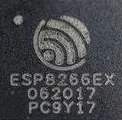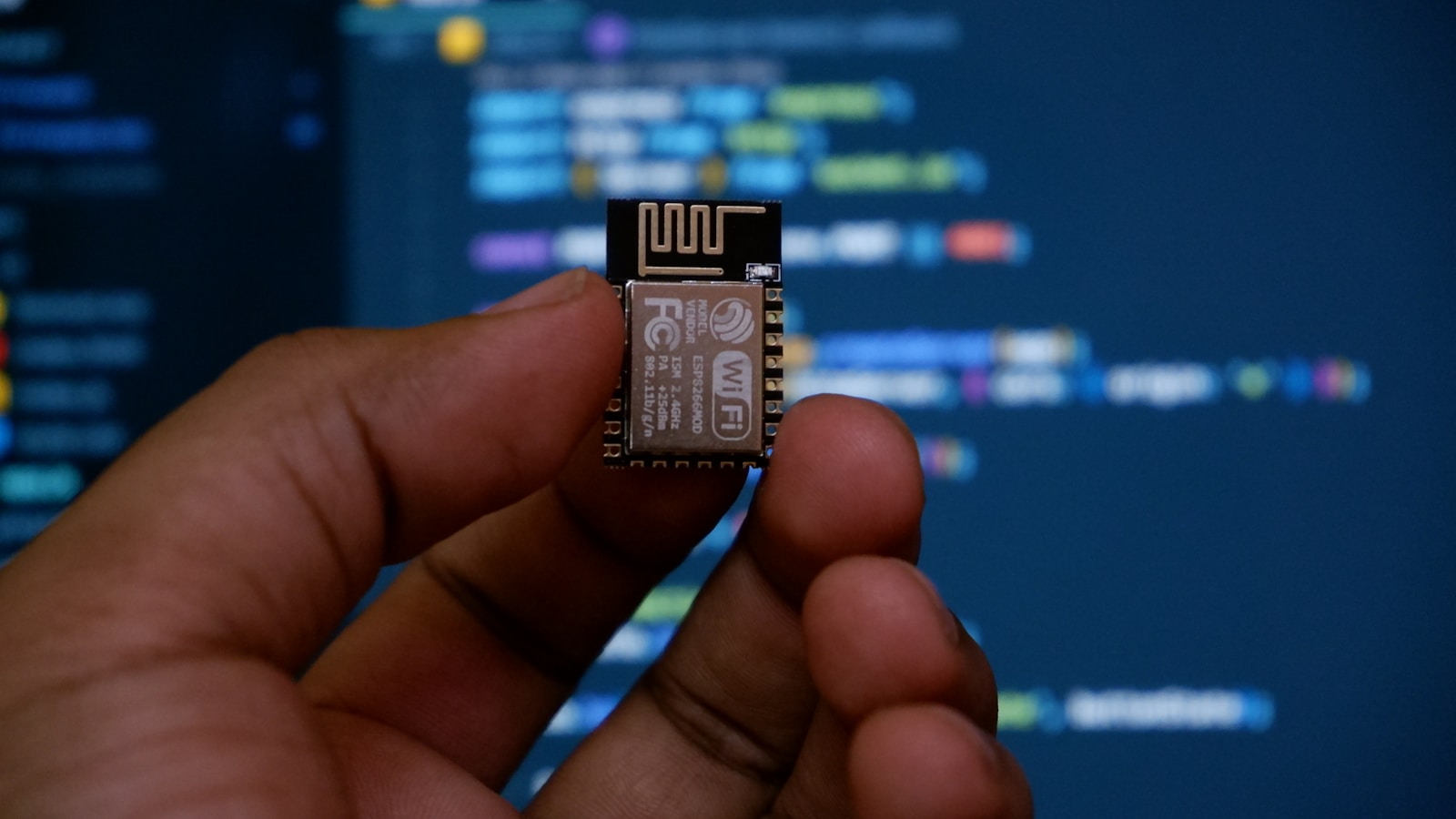When choosing a microcontroller for IoT and embedded projects, two of the most popular choices are the ESP32 and ESP8266, both developed by Espressif Systems. While the ESP8266 was revolutionary for affordable Wi-Fi microcontrollers, the ESP32 series offers enhanced features, improved performance, and better connectivity.
This guide provides a detailed comparison to help you choose the best microcontroller for your next project.
Key Differences Between ESP32 and ESP8266
- Processing Power: ESP32 is significantly more powerful with dual-core options, while ESP8266 is single-core.
- Connectivity: ESP32 supports Wi-Fi and Bluetooth, while ESP8266 only has Wi-Fi.
- GPIO & Peripherals: ESP32 has more GPIOs, ADCs, and communication interfaces than ESP8266.
- Power Efficiency: ESP32 features ultra-low-power modes, making it ideal for battery-powered projects.

ESP WiFi Comparison
Detailed Comparison Table
| Feature | ESP32 | ESP8266 |
|---|---|---|
 |  | |
| Microcontroller | ESP32 (Xtensa Dual-Core 32-bit LX6) | ESP8266 (Xtensa Single-Core 32-bit) |
| Clock Speed | 160-240 MHz | 80-160 MHz |
| RAM | 512 KB (PSRAM up to 8 MB) | 160 KB |
| Flash Storage | Up to 16 MB | Up to 4 MB |
| Wi-Fi | 802.11 b/g/n (2.4 GHz) | 802.11 b/g/n (2.4 GHz) |
| Bluetooth | Yes (Bluetooth 4.2 and BLE) | No |
| GPIO Pins | Up to 34 | Up to 17 |
| ADC Channels | 18 (12-bit resolution) | 1 (10-bit resolution) |
| PWM Channels | 16 | 8 |
| Communication Interfaces | UART, SPI, I2C, I2S, CAN | UART, SPI, I2C |
| Power Consumption | Ultra-low power modes available | Higher power consumption |
| Price Range | Moderate ($5 – $10) | Lower ($2 – $5) |

